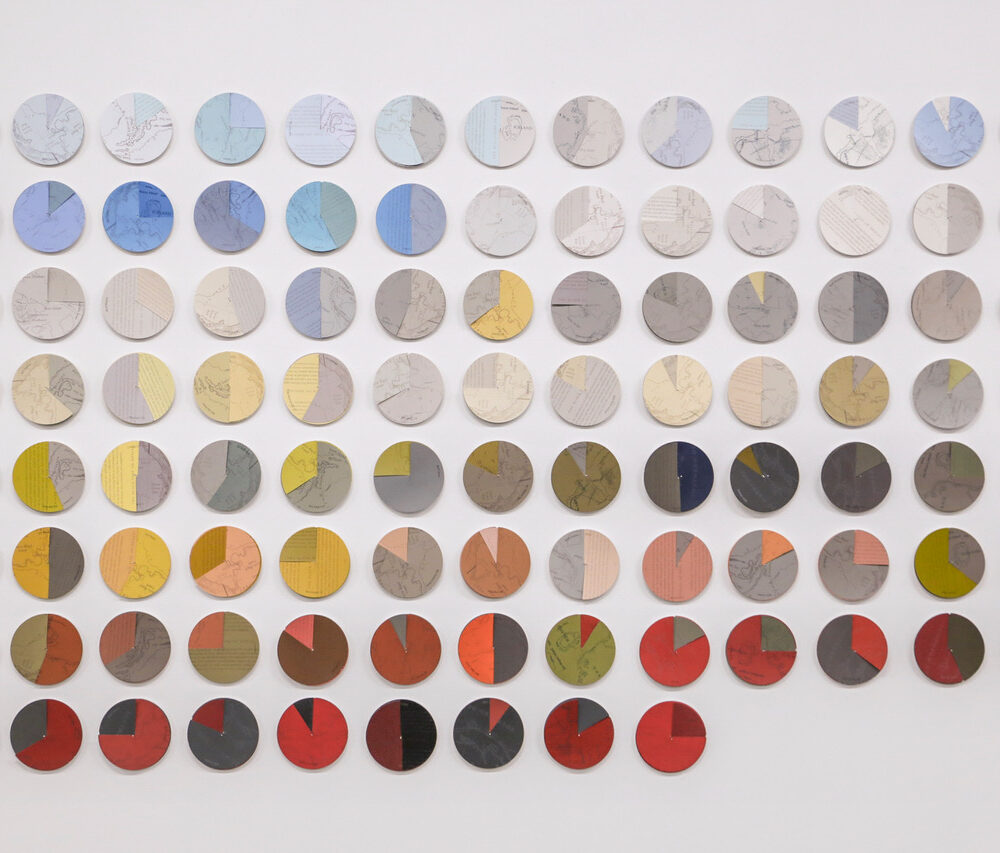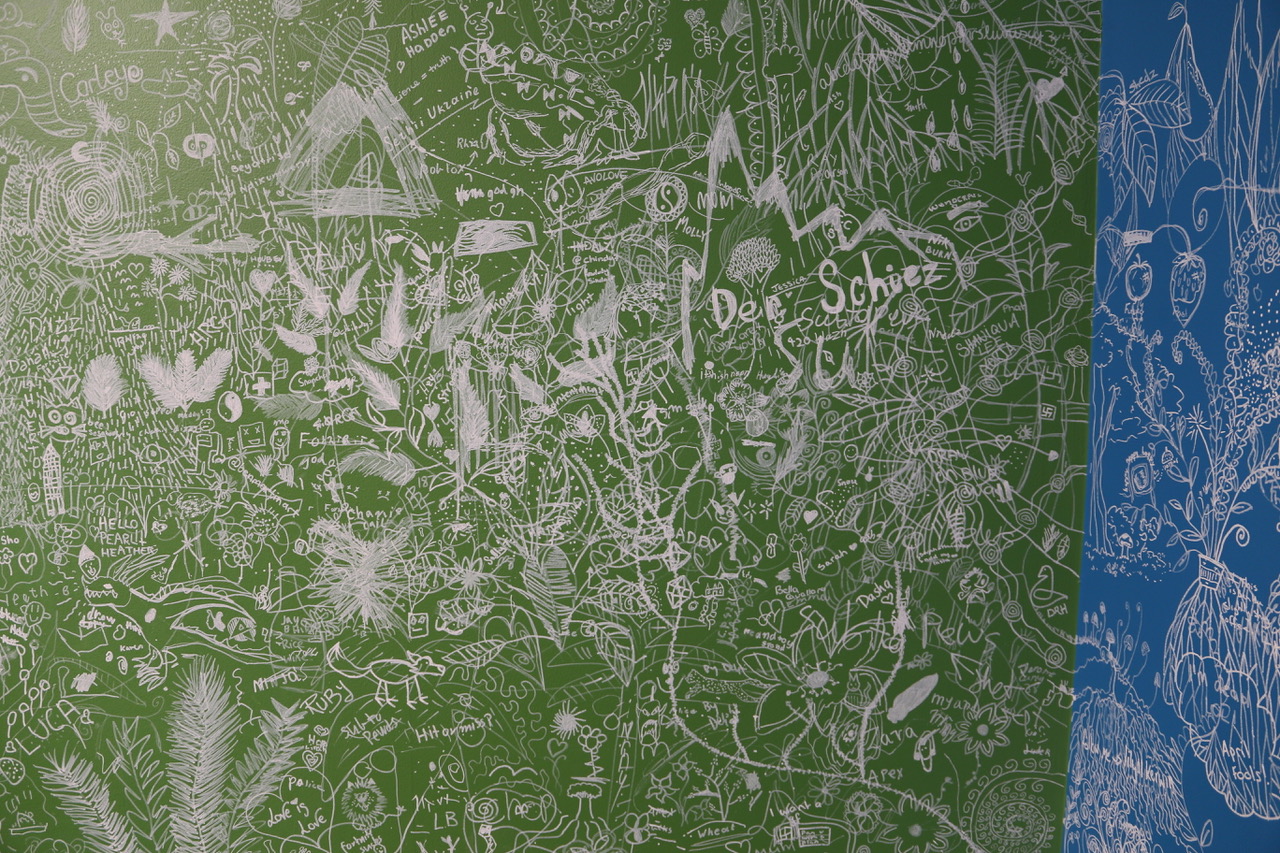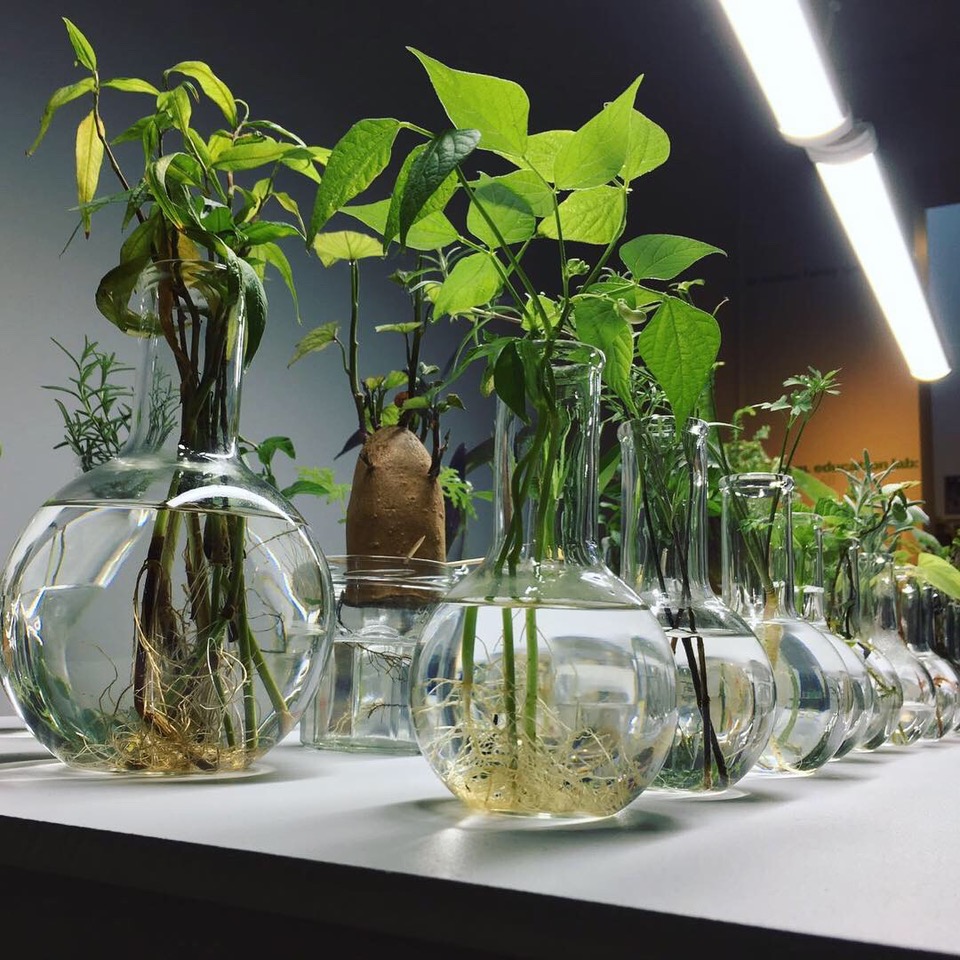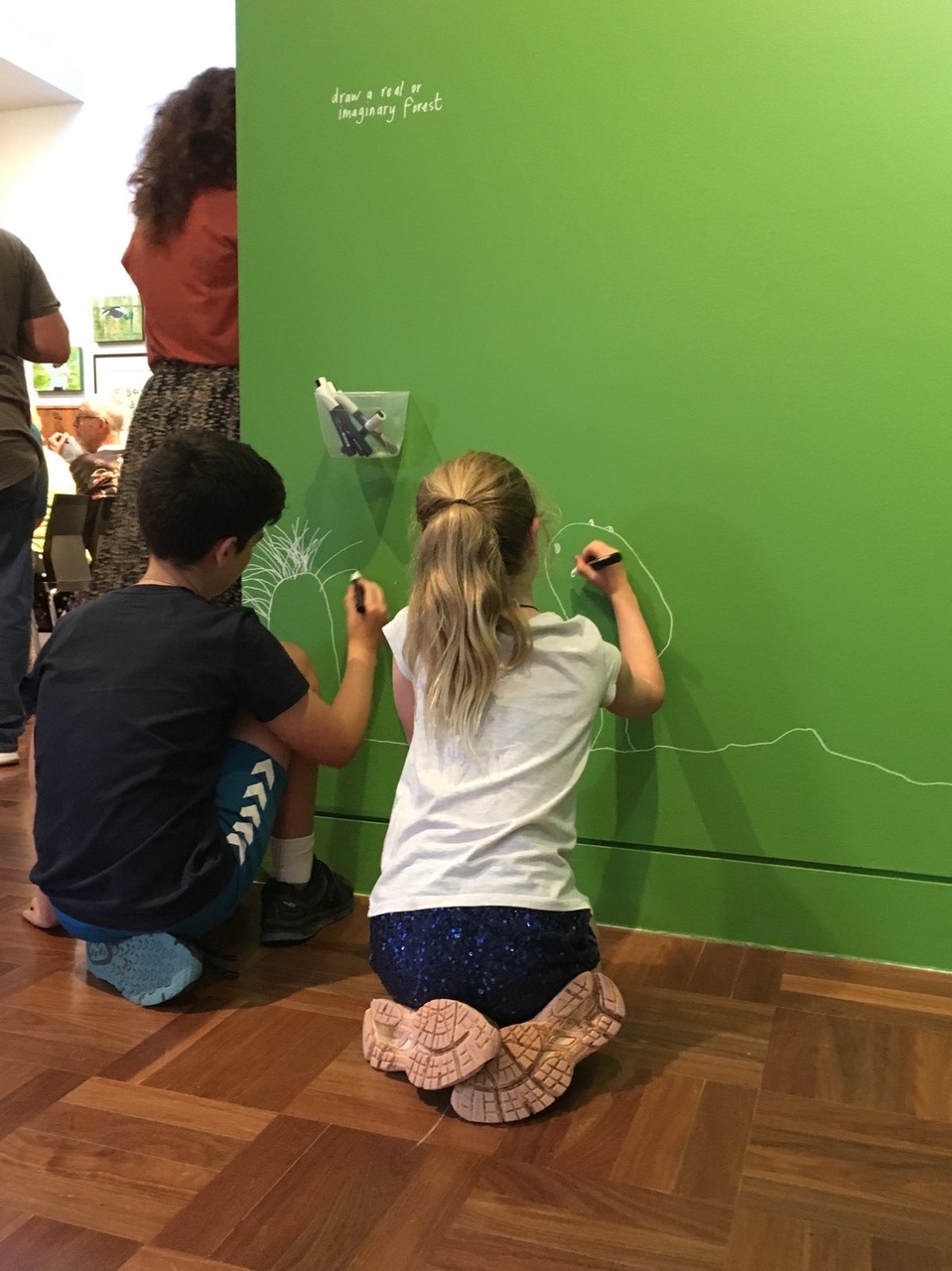
Heather Hesterman’s survey:multiples
James Noonan interviews artist Heather Hesterman about her new show survey:multiples and her recent education lab at Shepparton Art Museum (SAM).
3 May, 2019
In Exhibitions,
Printmaking, Q&A
What was the education lab at SAM all about and what did you want participants to walk away with?
The education lab, titled GreenLAB was an interactive space that – with the support of La Trobe University – created an engaged space where anybody could activate it and participate. The director of SAM, Rebecca Coates, knows that I really love plants, and that I have an environmental, ecological aspect to my practice, so we brought plants into the space and created an area where people could, from a macro and a micro level, engage through looking and/or participation.
There were several components to GreenLAB. There was observational drawing, drawing from imagination, an area that allowed students to create hybrid clay creatures, neither plant nor animal and an ongoing spatial project involving painted blue stones. The project had some great results and I think the secondary students were excited about the space as it had two large painted walls, green and blue. The spaces worked in different ways and everyone’s talents had space to shine, I think. We had microscopes so that micro structures of coral and seed pods could be observed. Really people were able to apply their imagination on different scales which was interesting and fun, the space gave people freedom to explore and touch everything.
The whole gallery space was altered, taking its colours from satellite imagery of Earth, specifically the image Earthrise taken from space in 1968; an iconic photograph for the environmental movement. A palette of blue, green and white was used. We had visitors and students involved, the entire community really, with the project Draw Up, Draw Down, that essentially had people en masse drawing on a green wall with white markers. This links directly to the idea of planting more trees to draw down carbon from the atmosphere. The premise was to draw a real or imaginary forest that over time, with many additions, the white drawn lines would create a trace and then form an erasure, shifting from identifiable forms to a more abstracted space. I had two-year-olds on their tummies drawing, right up to people in their 80s drawing. I think it gave people licence to be creative; because you’re not usually allowed to draw on the wall in the gallery! When you have 10 people drawing on a wall at once it creates an interactive and collective event, with beautiful and interesting results.
Within GreenLAB was a selection of plants in scientific flasks, including edibles, like corn and herbs with exotic and indigenous species. I had a reference section with art and science books available to read. I wanted to highlight the fact that art and science has been entwined and illustrate that we need now more than ever creative approaches and solutions to our world, in terms of the environment.
You’ve got an exhibition at SAM called survey:multiples. What’s the premise and does it link in with the edulab?
Survey:multiples is a collection of my artworks, dating from 2005, along with recent work. It explores the multiple as a form pursuing a dialogue that links us with nature, ideas of measurement, mapping, time and ecology. I find artworks with multiple elements and levels conceptually engaging; that’s really important to me, in terms of creating dialogue and conversations. Both GreenLAB and survey:multiples are very much informed by print, and the idea of the multiple. I think plants also embody that notion, you can take a cutting and grow it, then share it: the one becomes potentially many. Ideas of sharing, exchange, working collaboratively and enabling many participants are to my mind generative ideas connected to printmaking, and I suppose demonstrates how the multiple can encompasses democratic principles. All these ideas are central to both projects. Fundamentally this collection of selected artworks and GreenLAB really embodies ideas about the environment and how the singular,(individual) does have an impact, though collectively we can make a much larger contribution to the current climate issues facing our planet.
Do you have a favourite artwork from multiples?
I really like Warming, 2017. It has one hundred colourful sections gradually shifting from cool to warm colours and on the surface is quite playful. Each panel has maps screen-printed of the Arctic, Antarctica and text printed onto the surface. Visually and conceptually it also implies economics and measurements, pie-charts and of time passing on a planetary scale, as ocean and atmospheric temperatures rise.
Another piece called quadrat, based on a 1×1 metre space that’s utilised by botanists and geographers to map vegetation. It is a collection of many different elements, such as rocks, seedpods, plaster cast objects, shells, pencils, rulers, etc all the objects that are discovered and needed to document, quantify and create an art inquiry. The square format generates a sense of order amongst all these disparate objects.
GreenLAB was part of the edulab program for 2019 at the Shepparton Art Museum in partnership with La Trobe University.
https://www.artclimatechange.org/2019/wp-content/uploads/2019/03/ART_CLIMATE_CHANGE_2019_PROGRAM.pdf
survey:multiples is at Shepparton Art Museum til 10 June 2019.
http://sheppartonartmuseum.com.au/event-details/!/488/event/heather-hesterman-survey-multiples








